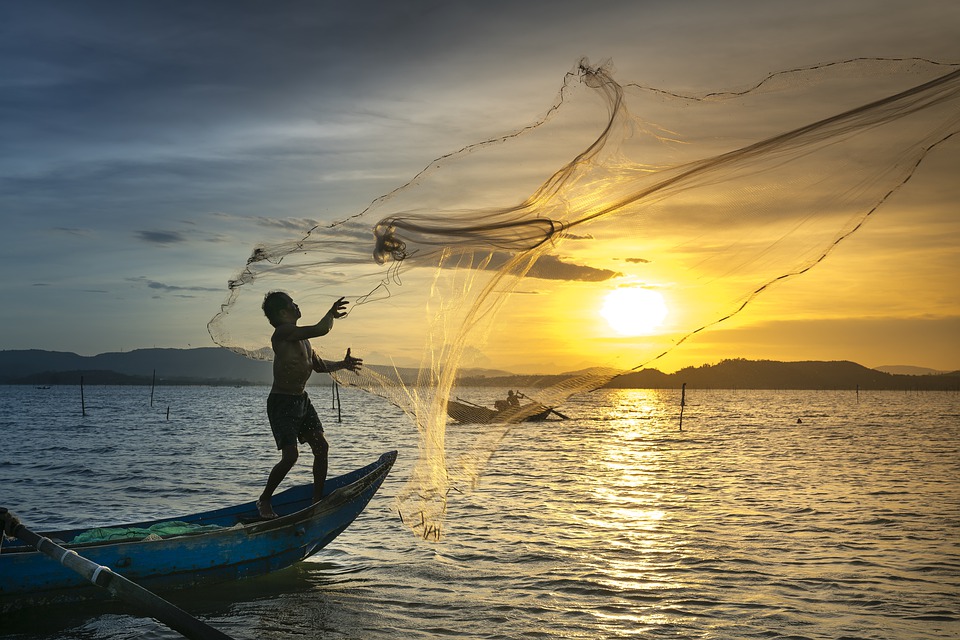
MANILA – The Department of Agriculture’s Bureau of Fisheries and Aquatic Resources (DA-BFAR) assured of stable supply of fisheries as the three months closed fishing season starts on November 1.
“Fishing in the Northeast Palawan shall be closed from November to January; the Visayan Sea will be closed from November 15 to February 15; and the Zamboanga Peninsula closes from December 1 until March 1 of every year,” DA-BFAR said in a statement.
The move shall allow fish species to reproduce and for the fry and juveniles to mature and restore valuable fish stocks, and for the conservation and management of round scad (galunggong) in Northern Palawan, the agency added.
BFAR’s National Stock Assessment Program in Region 9 or the Zamboanga Peninsula said during the closed season, consistent positive growth in sardine production was achieved and may be attributed to the department’s conservation measure.
Sardine catch increased from 141, 658.79 metric tons (MT) in 2015 to 148,718.22 MT in 2016, and reached 165, 293.32 MT in 2017.
Asis Perez, former DA official and also convenor of Tugon Kabuhayan, an advocacy group that supports farmers and fisherfolk, meanwhile, said the aquaculture industry is supporting the move saying the three months closed fishing season “will help revitalize galunggong supply in the country as it is the peak spawning season (of the galunggong) from November until end-January.”
“The industry will help “fill the anticipated supply gap once the government implements the three-month closed fishing season,” Perez said in a virtual forum on Monday.
A Joint Administrative Order of the DA and the Department of the Interior and Local Government (DILG) states that it establishes three months (November-January) closed season for the conservation and management of galunggong in Northern Palawan.
Based on the 2018 Fisheries Profile, Perez said the aquaculture subsector produced 2.3 million metric tons (MT), which is 53 percent of the Philippines’ total fish production of 4.36 million (MT).
Based on the recent price monitoring of the DA, the retail price of galunggong in selected Metro Manila markets ranges from PHP170 to PHP240 per kilo.
The DA is eyeing to import fisheries products such as galunggong and mackerel to fill in the anticipated shortage of the commodities.
For round scads, the country’s supply is estimated to be at 53,925 MT by the end of the year, which is lower than the demand of 105,690 MT — a deficit of 51,765 MT.
For tilapia, the supply stood only at 102,624 MT as against the demand of 114,660 MT, showing a deficit of 12,036 MT.
Perez said the closed fishing season “might be an opportunity for our local producers to fill in the gap in the demand of the local market particularly the aquaculture products that we are producing.”
“Murang mura ang bangus (milkfish) ngayon, compared to last year’s prices. Ang price ng bangus ngayon ay bumaba ng about PHP30 per kilo (The price of milkfish now is much lower compared to last year. It went down to about PHP30 a kilo),” he said.
With regards to the plan to import round scad and mackerel, Perez said importation should be calculated to the level that would not affect the local producers.
“Our fishermen are willing to fill in the gap in the local market demand. They just need support in improving the supply chain,” he said.